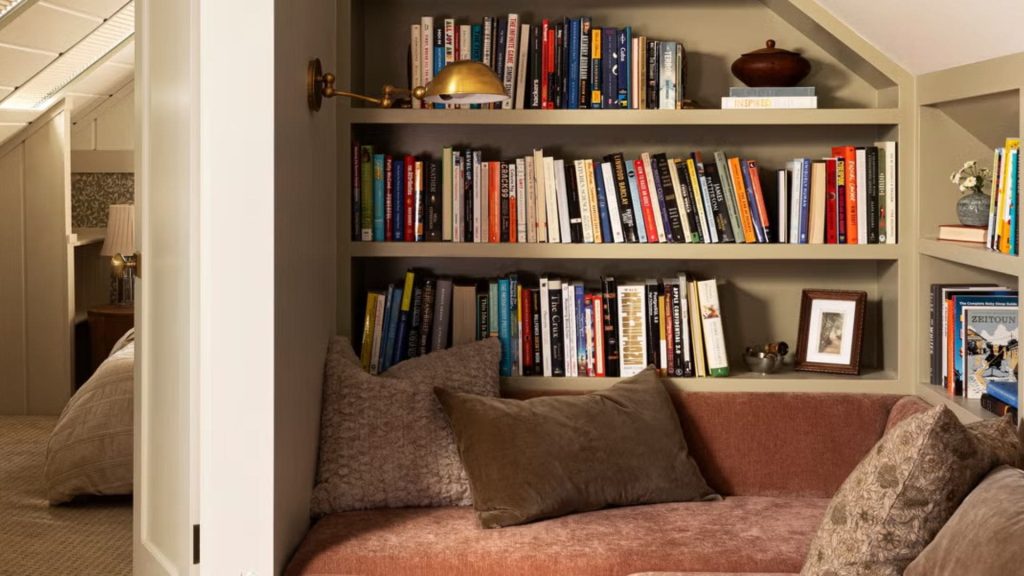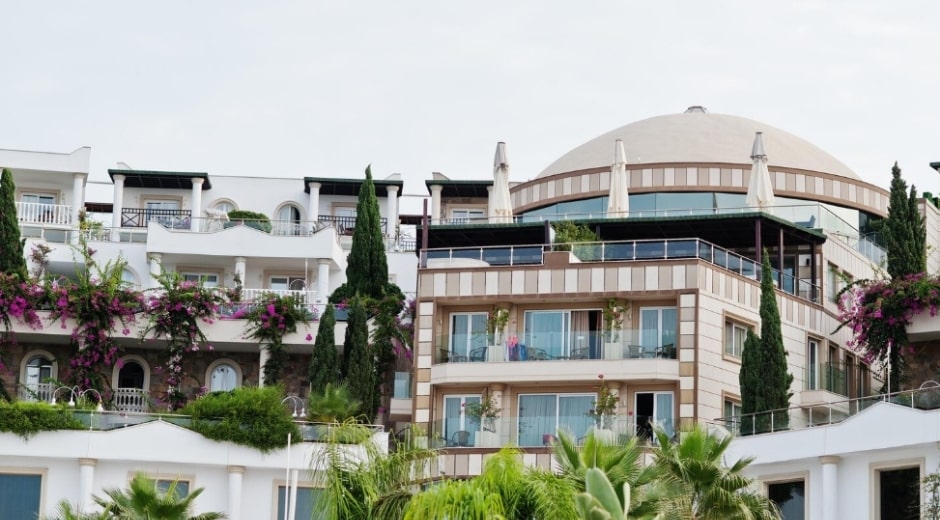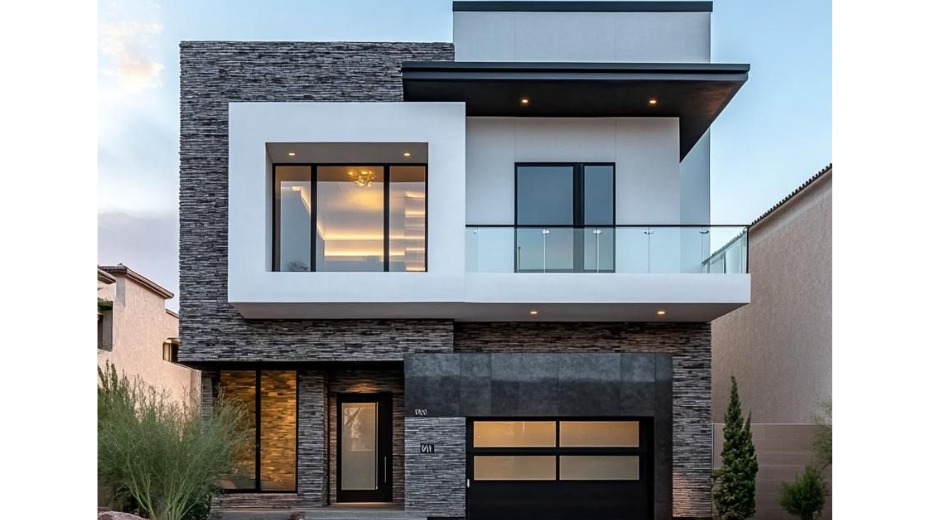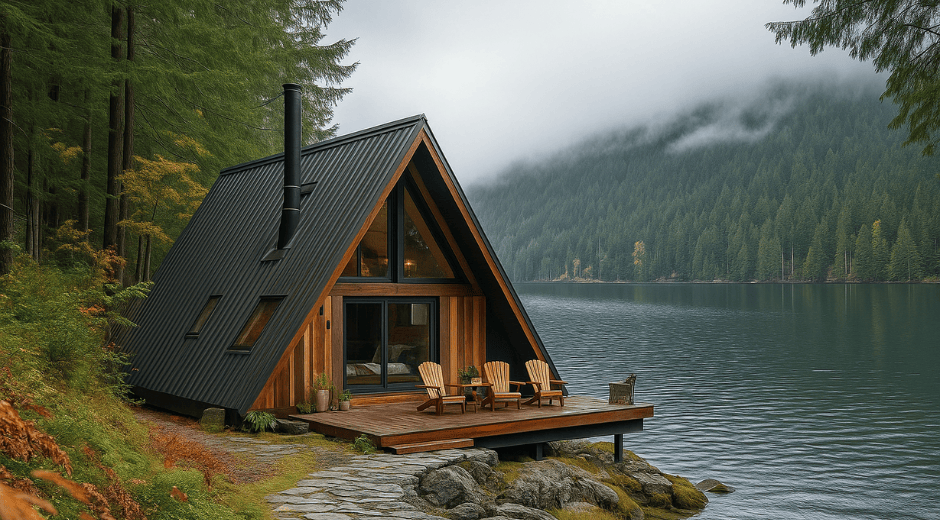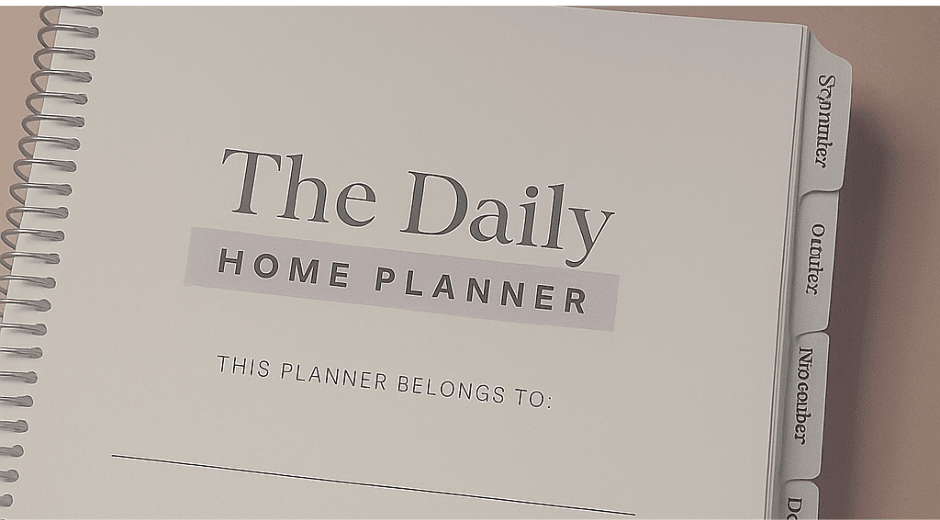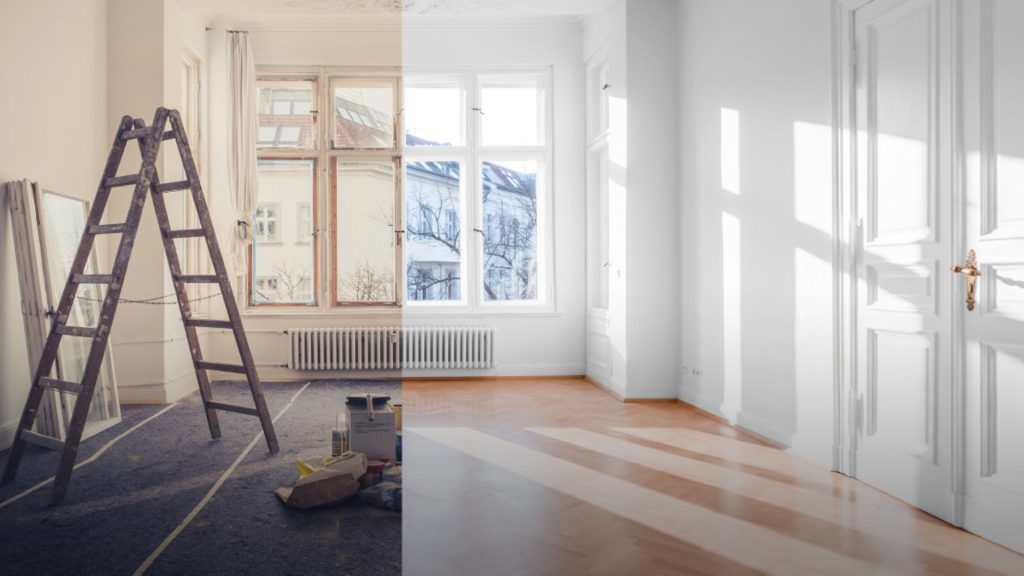Multipurpose Corners: Transforming Unused Spaces
Multipurpose Corners: Transforming Unused Spaces
In many homes, there are small corners, narrow walls, empty nooks, and quiet spaces that do not seem to have an obvious purpose. They may sit unnoticed near windows, next to staircases, behind doors, or along hallways. Yet these areas offer an opportunity to change the way a home functions. With the right mindset, these overlooked spaces can be transformed into meaningful features. This is where the concept of Multipurpose design becomes valuable. It helps turn unused areas into active, useful, and even beautiful parts of the home.
Designing with a Multipurpose mindset is not only about decoration. It is about understanding how space influences daily habits. When each area of the home has intention, the environment becomes smoother to navigate and more enjoyable to live in. A room feels complete when everything has a role, even the smallest corner.
This approach benefits apartments, family houses, workspaces, and studios. Every home has potential waiting to be unlocked. Transformation begins with attention.
For additional home improvement inspiration, guides and examples of practical layouts can often be found through:
https://metropropertyhomes.com
The Philosophy of Purposeful Space
Space is not only physical. It is emotional. The way we arrange a home can influence how we feel in it. A cluttered environment can cause the mind to feel scattered. A well-arranged environment can support calm, clarity, and flow. Multipurpose design connects function and comfort.
Rather than adding more objects, the goal is to use what already exists. This is why focusing on corners and underused areas is powerful. These spaces hold potential. They can become places for reflection, work, creativity, rest, or storage.
The question shifts from:
“What can I put here?”
to:
“What can this space do for my life?”
Identifying Underused Spaces
Every home has spaces that are waiting to be transformed. Look for:
Corners with no furniture
Wall sections without a role
Areas near windows
Hallway transitions
The space beneath stairs
Nooks near the kitchen
Even the side of a bedroom door
These are ideal locations for Multipurpose improvements. The key is observing patterns of movement and daily needs. If a space feels empty but noticeable, it can be used.
Creating a Reading Nook
One of the most common transformations is turning a small corner into a reading nook. A soft chair, a lamp, and a small shelf are enough. The space becomes a personal retreat. It does not have to be large. The feeling of a place set aside for calm makes the home feel more supportive.
This is a simple Multipurpose example. A corner that was once unused becomes a space for rest and emotional grounding.
Designing Work Corners and Study Zones
Another popular change is turning unused sections of a room into productive work zones. This is especially useful in apartments, where dedicated offices are rare.
By placing a compact desk, a comfortable chair, and proper lighting, a Multipurpose corner can become a workspace. It encourages focus by separating work from other parts of life. The corner becomes an anchor for concentration.
Purchasing shelves, wall brackets, compact desks, or vertical storage elements can help greatly. For functional home organization and modular furniture solutions, you can explore options offered through:
https://www.leroymerlin.fr/
Pieces do not need to be expensive. They simply need to be intentional.
Adding Storage Without Clutter
Storage can quickly make a home feel crowded. The goal is to store in ways that support ease and movement. A Multipurpose corner can include vertical shelving, soft baskets, built-in wooden niches, or low storage benches. These solutions help keep daily living smooth.
The important part is maintaining visual calm. Storage should feel integrated, not forced. Materials like wood, fabric, and natural tones blend gently with interior design.
Spaces for Pets, Plants, and Well-Being
Not every Multipurpose corner needs to serve work or storage. Some can be dedicated to life and comfort. A space for pet beds or climbing perches creates joy. A shelf of indoor plants near sunlight brings nature into the room. A meditation pillow and candle can create a calming routine.
These moments of care improve the emotional atmosphere of the home.
Movement and Flow
One of the most overlooked elements in design is movement. A home must feel easy to walk through. When adding Multipurpose corners, it is essential to observe how people move in the space. Nothing should interrupt natural pathways. The addition should feel like it belongs.
Good design is not only what we see. It is how we move.
Balancing Budget and Creativity
Many people believe that improving a home requires large expenses. In reality, small changes have strong impact. Rearranging furniture, repurposing items, or changing lighting can completely shift a room.
A Multipurpose approach encourages creativity. It asks us to look at what we already have and use it more thoughtfully.
However, when larger changes are needed, such as structural adjustments or adding built-in cabinetry, planning ahead is important. For financial advice, home investment understanding, or budgeting considerations related to improvement projects, guidance can be explored through:
https://financeworldhub.com/
Good planning ensures changes remain supportive instead of stressful.
Emotional and Lifestyle Benefits
The benefits of Multipurpose design are not only practical. They touch how we feel every day. A well-used space can:
Reduce stress
Improve daily routines
Support hobbies and learning
Create comfort and belonging
Strengthen the feeling of home
These benefits arise gradually as the space shapes daily rhythm.
The Home as a Living Space
A home is not static. It changes with the people who live in it. A Multipurpose corner created today may become something new in the future. Flexibility allows the space to adapt.
This is the beauty of thoughtful interior design. It grows with life.
Conclusion
Transforming unused spaces is an act of care. It shows that the environment we live in matters. A Multipurpose home is not crowded or complicated. It is intentional. It supports well-being, creativity, and comfort. Even the smallest corner can become meaningful when it has a role.
Homes feel complete not when they are full, but when they are thoughtful.
With gentle attention, any space can become a place that supports daily life with ease and warmth.
Easy steps to Luxury
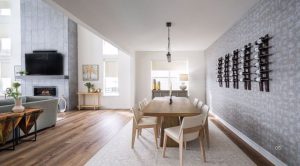
Space Flow: How Seamless Design Shapes Modern Homes
Discover how space flow transforms interior design by enhancing comfort, connection, and functionality in modern living environments.

Property Value: Key Factors That Influence Real Estate Prices
Discover the main factors that determine property value and learn how market trends, location, and design choices impact real estate prices.
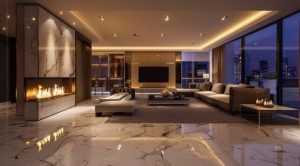
Modern Elegance: Redefining Luxury Living in Contemporary
Discover how modern elegance transforms luxury living with refined simplicity, timeless design, and sophisticated comfort for today’s homeowners.
